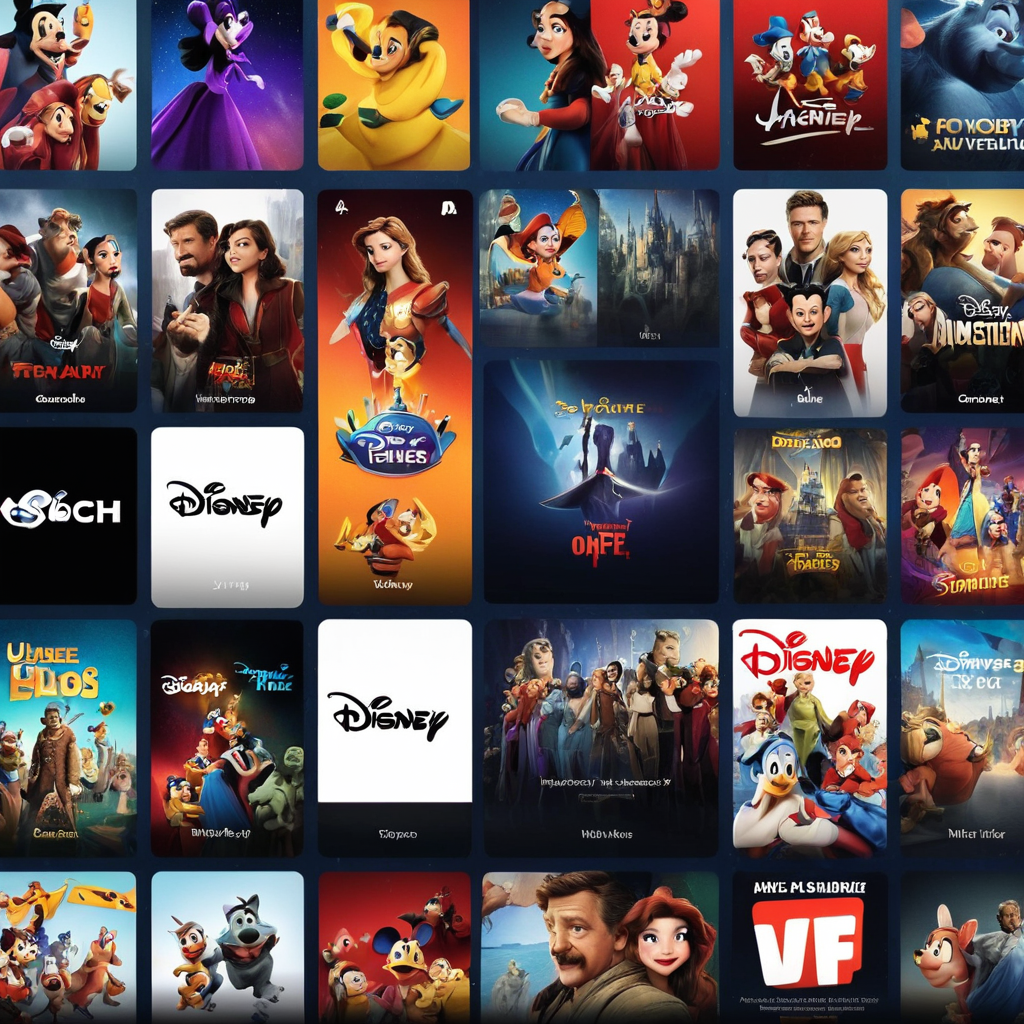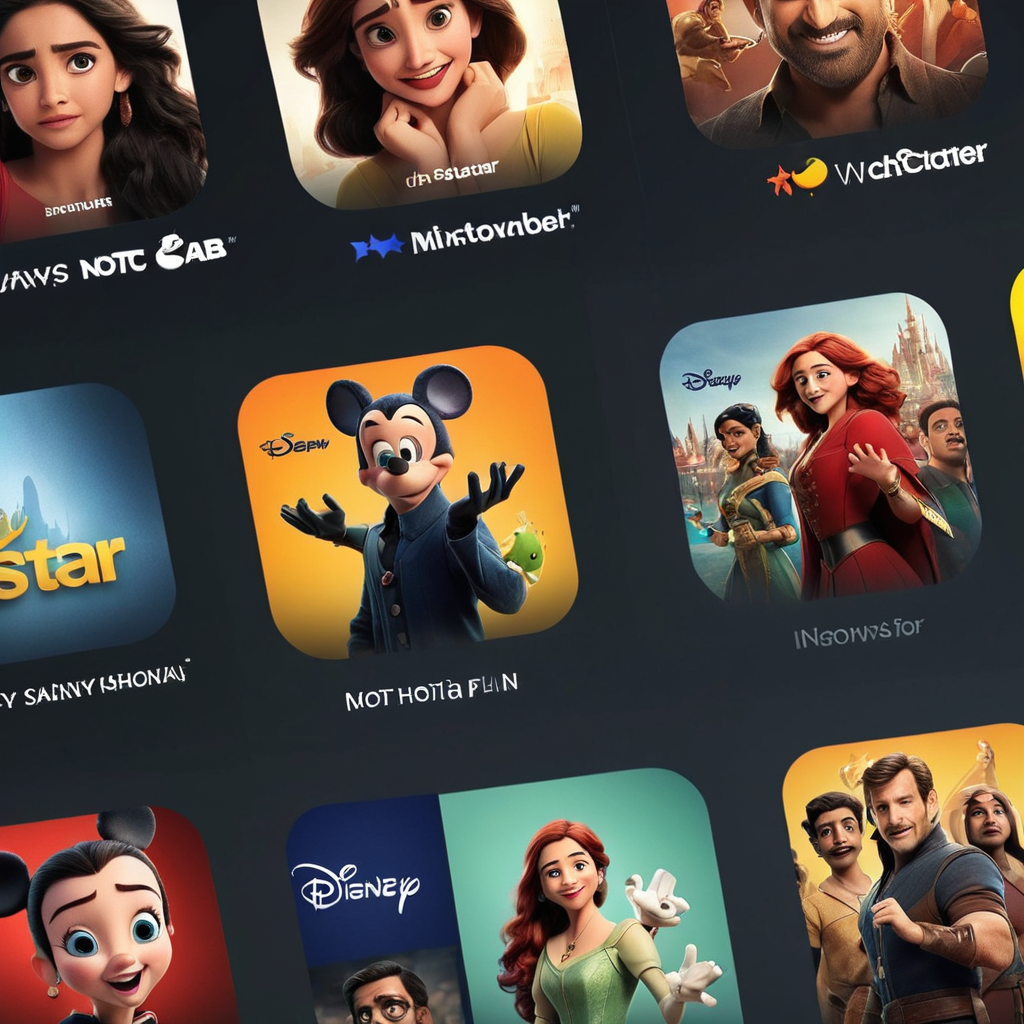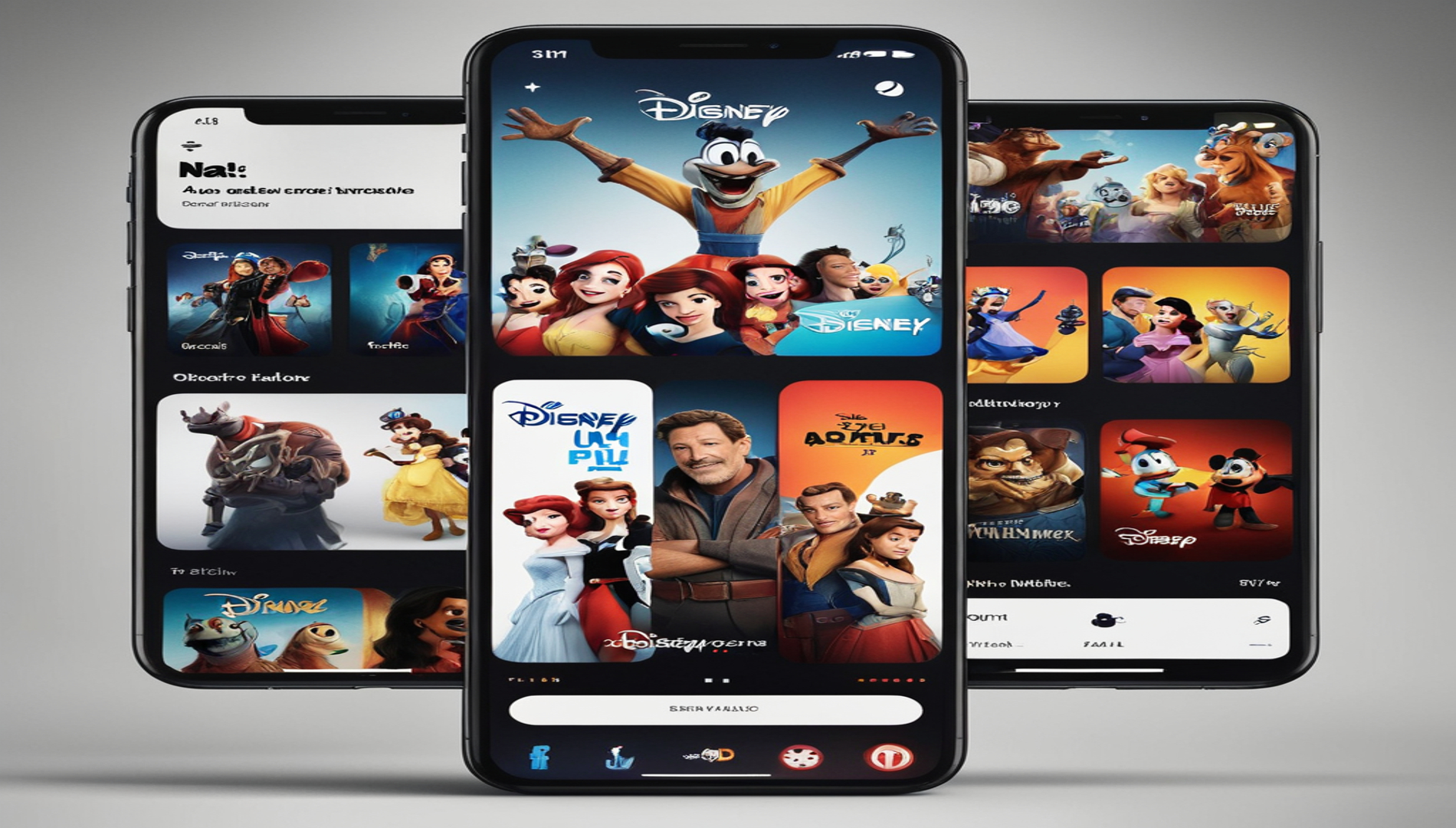Few businesses have had as much influence in the rapidly changing world of digital entertainment as Disney. With its enduring animated masterpieces and popular movie franchises Disney has long been associated with high-caliber entertainment. However, the entertainment behemoth has had to modify its tactics in order to stay competitive in the digital era due to the emergence of streaming platforms and shifting consumer preferences. It’s been discussed how the streaming industry will develop going forward and how the dynamics of content consumption are changing in light of recent reports that suggest Disney+ may switch to a traditional TV-style programming schedule. We examine the rationale for Disney’s strategic shift, possible ramifications for the streaming market, and the larger ramifications for the entertainment industry in this in-depth analysis.
A Revolution in the Entertainment Industry: The Ascent of Streaming Platforms.
A new era of convenience and choice has been ushered in by the rise of streaming platforms which have revolutionized the way audiences consume content. At the touch of button fans can enjoy an extensive collection of films television series and original material from the comfort of their own homes. By leveraging its vast library of cherished properties such as Marvel, Star Wars, and Pixar, Disney made a daring entry into the streaming market with the 2019 debut of Disney+.

Disney’s Shifting Strategy in Response to Shifting Customer Behavior:
With competitors like the Netflix and the Amazon Prime Video fighting for viewers attention the streaming market has grown more competitive even though Disney+ has grown quickly since its debut. It has been reported that Disney is contemplating a strategic change to a traditional TV-style schedule for Disney+ due to changing consumer behavior and market trends. This divergence from the binge-watching paradigm that has come to be associated with streaming services may herald a new era in Disneys distribution strategy.
The Pivots Motivations: Increasing Interaction and Holding On to Audience.
Disney may be moving toward a traditional TV-style schedule for a number of reasons.
These include: Disney wants to create a sense of excitement and involvement among its viewers by releasing new episodes of a few of its shows every week. Weekly episodic broadcasts might create buzz and conversation starters at the water cooler improving the shared watching experience and encouraging a closer bond between audience members and the media.
Content Pacing: In the age of instant gratification binge-watching has taken over as the standard on streaming services. But Disney is able to strategically time the release of its original content by releasing episodes every week. Disney can increase audience engagement and promote its flagship series for longer by spreading out the viewing experience over a few weeks.
Strategies for Retention: Any streaming platform’s long-term viability depends on its ability to retain users. Disney aims to set itself apart from rivals and provide a distinctive viewing experience that appeals to a wider audience by implementing a traditional TV-style schedule. Weekly episode releases might encourage viewers to keep up with Disney+ in order to watch their favorite shows.

The implications for the streaming industry include navigating a competitive and complex landscape:
There may be big ramifications for the streaming market if Disney decides to switch to a traditional TV-style schedule.
Trends in the Industry: Should Disney’s strategy be effective, other streaming services might be forced to reevaluate how they release content. The streaming era has made binge-watching the norm but a return to weekly episodic releases might indicate a change in industry trends and alter viewer expectations.
Audience Preferences: Disney’s new strategy will depend greatly on how viewers react. While some viewers might value the weekly releases sense of community and anticipation others might value the freedom to binge-watch entire seasons at once. Disney and other streaming services will need to comprehend these varied preferences and make adjustments accordingly.
Competitive Landscape: As more companies enter the streaming market and as existing ones expand their content offerings it has grown more crowded. Disneys decision highlights how competitive the market is and how hard it is to retain subscribers. Novel content strategies will remain vital in determining the competitive environment as streaming platforms fight for the attention of viewers.
The Changing Face of Content Consumption: Handling a Mixed-Media Experience:
Disney may change its programming schedule to more closely resemble a traditional TV show, which would reflect the changing nature of content consumption in the digital age.
Blurring of Boundaries: are becoming more and more hazy as more and more viewers choose hybrid viewing experiences that blend the greatest features of both traditional television and streaming platforms. Disney’s decision to adapt to the varied tastes of contemporary audiences is an example of how traditional and digital entertainment formats are coming together.
Content Discovery: With so much content available on so many different platforms viewers now face a major obstacle in finding the right content. Disney may make content discovery easier and make it easier for viewers to navigate the extensive library of content by implementing a traditional TV-style programming schedule. Disney can direct viewers toward fresh and interesting offerings by carefully selecting content and releasing it gradually which improves the overall viewing experience.
Engagement of the Community: Weekly installments of episodic content can promote a feeling of community and shared watching experience similar to the conversations that take place around traditional television on the watercooler. The social interaction and increased audience engagement that could result from this shared viewing experience could surpass the inclinations of individual viewers. In conclusion navigating the streaming landscapes complexities.
In conclusion:
The dynamic nature of the streaming market and the changing tastes of viewers are reflected in Disneys possible move towards a traditional TV-style programming schedule onDisney+. In an effort to stand out in a crowded market and keep fans on its platform Disney is adopting a hybrid strategy that blends the ease of streaming with the excitement of weekly episodic releases. Creative content strategies will be vital in determining the direction of digital entertainment as the streaming market develops further.
The success of Disneys experiment remains to be seen but one thing is for sure: the struggle for viewers attention is just getting started in the era of streaming. The streaming landscape will continue to change as long as consumers content producers and industry stakeholders can adapt to these changing conditions and stay committed to providing engaging content experiences.

Leave a Reply